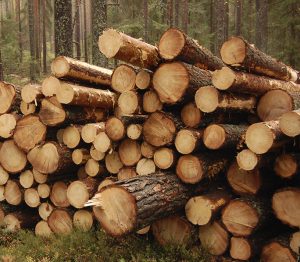Forest Certification Under the Microscope
 Note: A previous version of this story did not clarify that the research project described below is not yet complete and has not undergone peer review. This version of the story includes this clarification.
Note: A previous version of this story did not clarify that the research project described below is not yet complete and has not undergone peer review. This version of the story includes this clarification.
Forest certification was created 20 years ago to accomplish a noble, but market-minded goal: foster environmental stewardship in the nation’s privately-owned forests while offering landowners an economic advantage when bringing their products to market.
It seemed like a good deal for all. Maine’s forest land would be sustained as a sound, renewable resource and landowners, mainly of big timber companies, would be allowed to label products with a green certification – a designation meant to appeal to a growing population of environmentally-conscious consumers.
But research supported in part by UMaine’s Sustainability Solutions Initiative (SSI) has uncovered data indicating a good portion of the state’s 8 million acres of certified forest land – located primarily in Northern Maine – is being overharvested. In other words, tree takeaway exceeds tree growth.
Although this study is not yet complete and has not undergone peer review, researchers say the findings raise questions about the long-term sustainability of timber harvest in Maine – and the ability of certification to effect change. See more on this story…
